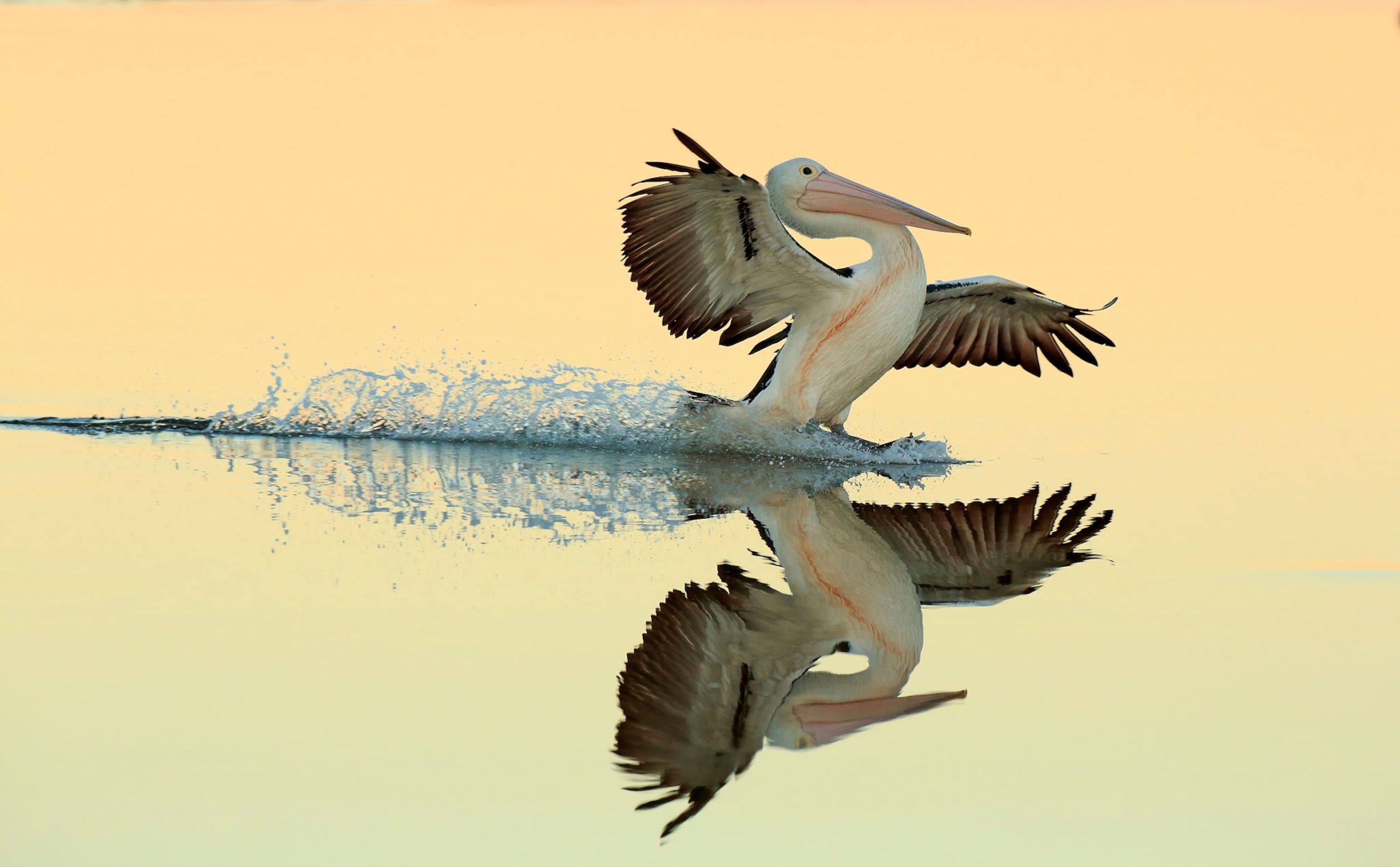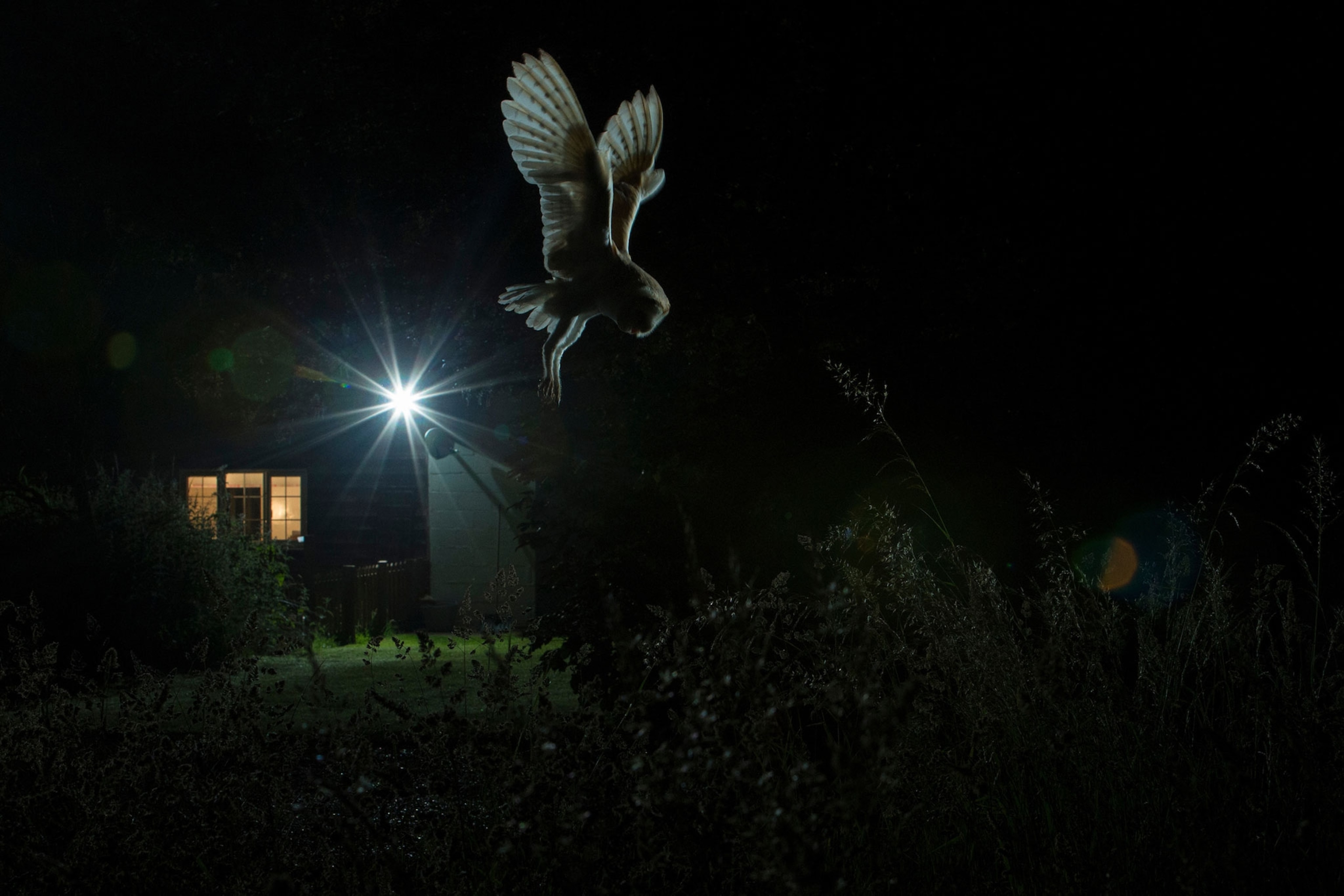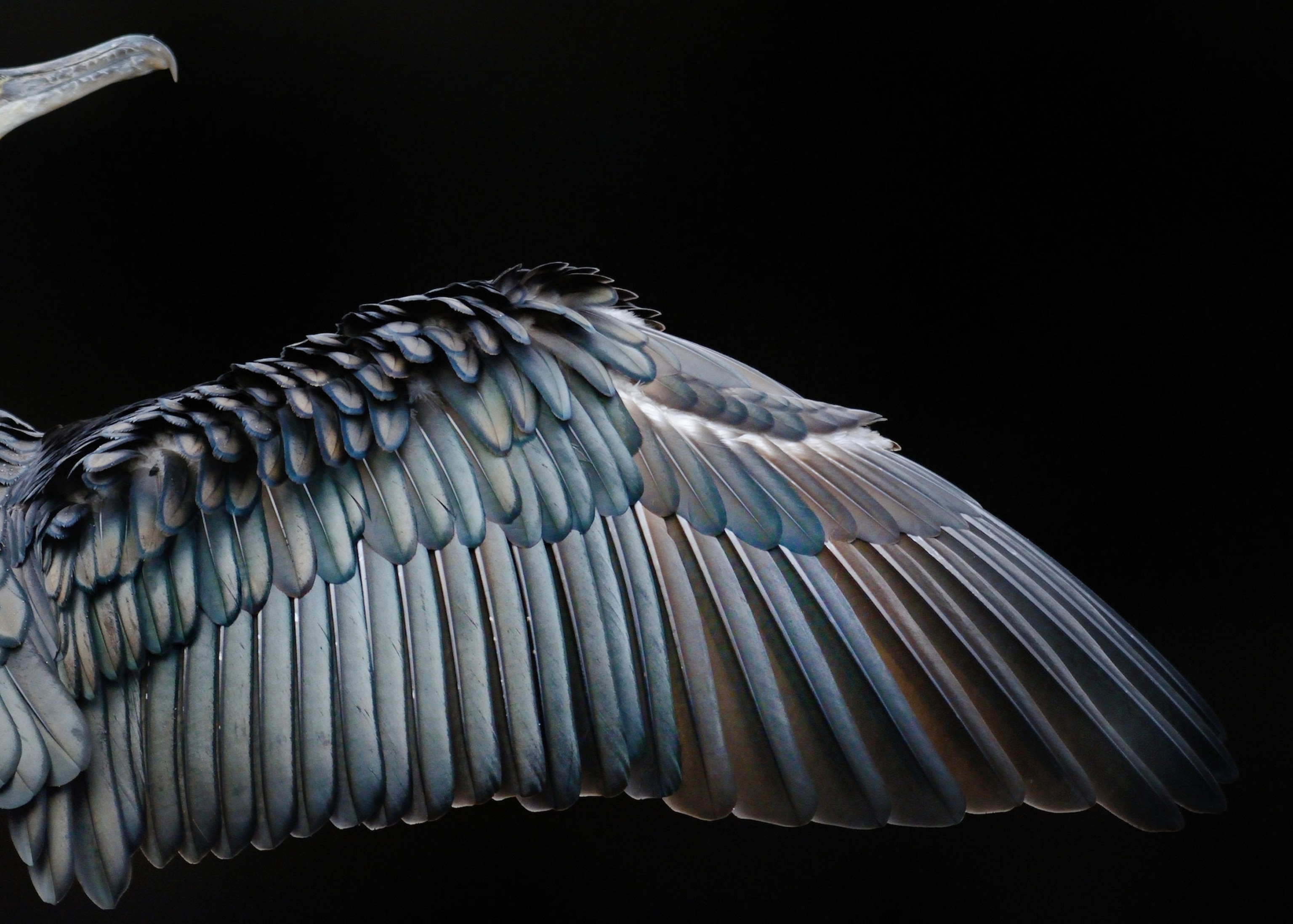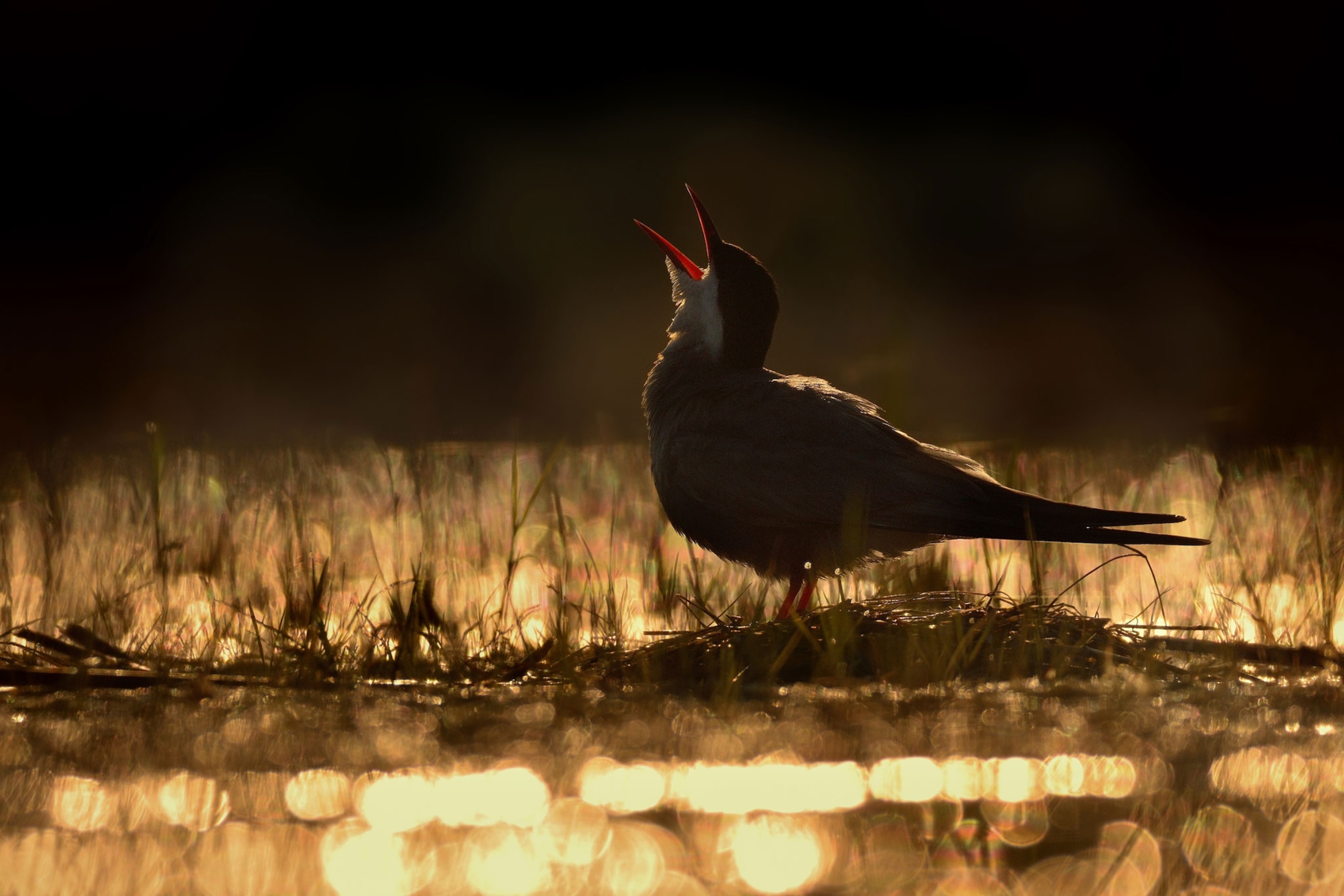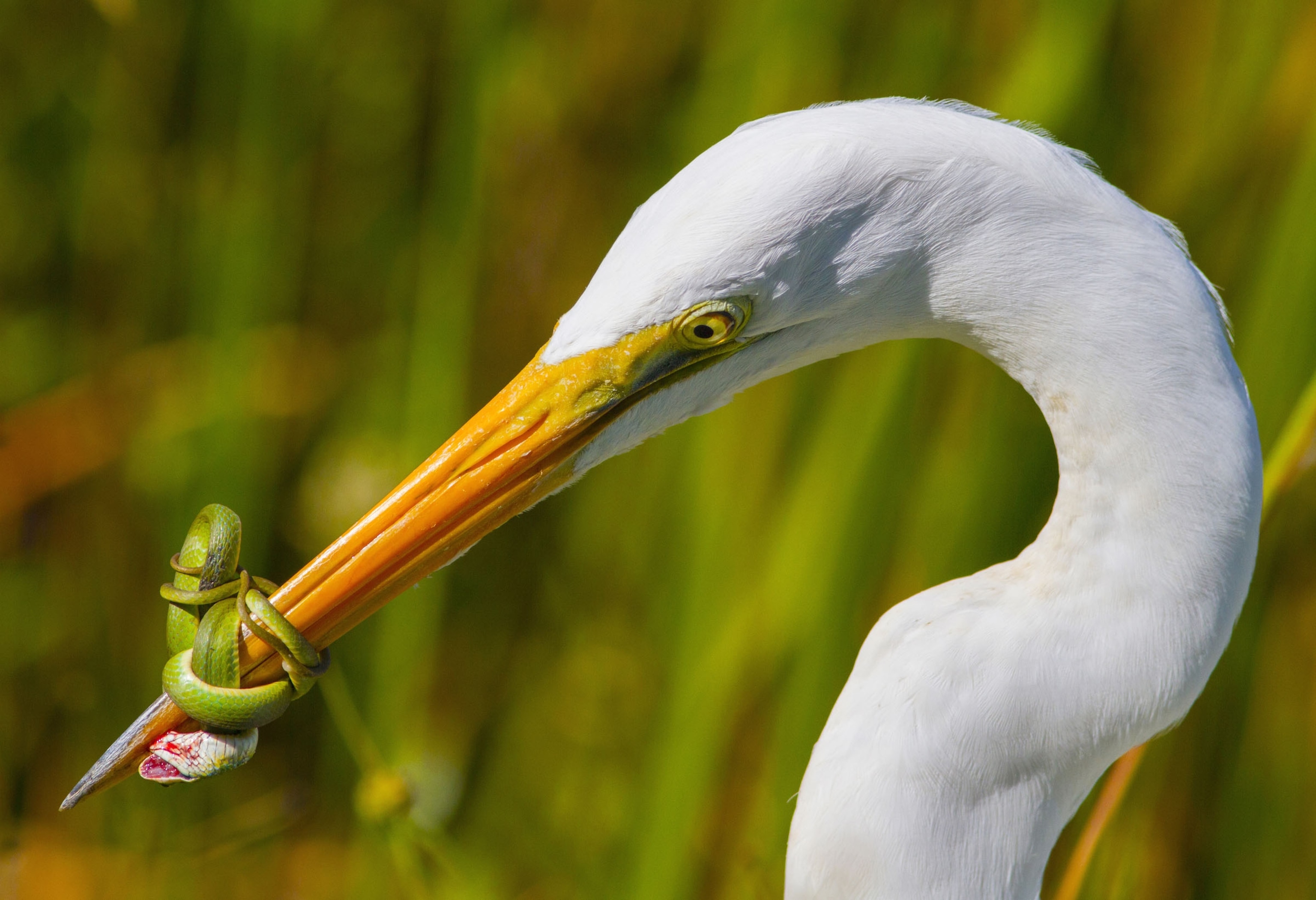Why day-old geese jump off cliffs—and how some survive
Barnacle geese nest high in Arctic cliffs, to avoid predators like foxes. Watch as the birds survive an extreme plunge to begin their lives.
Life is harsh for barnacle geese, which must contend with Arctic temperatures and protect their young from predators like foxes by nesting on high ledges and cliffs. But this strategy has a drawback: To start their lives, young geese must survive a harrowing fall—sometimes hundreds of feet.
As soon as 24 hours after hatching, goslings need to leave the nest to feed on grass, which their parents do not and cannot feed them.
To get to the grass—and the water, where they are more protected from predators—the birds must plummet from their high-altitude nests following their parents. Usually between three and five eggs are laid each year.
While it looks terrifying, the chicks are so lightweight that they do not usually die upon hitting the ground, says David Cabot, an adjunct professor at Ireland’s University of Cork.
“They are light and fluffy, often appearing to bounce off rocks as they fall,” says Cabot, who was the first to film this incredible phenomenon, in 1985. “Only a few die from being caught in rock cracks, gullies, or smacking into a sharp rock.”
The real hazards are the predators—mainly Arctic foxes, but also glaucous gulls—that await the goslings on their route from the cliff bottom to the water’s edge. Foxes will “eagerly snap up as many chicks as possible to stash them for later,” Cabot adds.
Goose parents attempt to drive off gulls and foxes, but this is usually unsuccessful, he says. [Related: Arctic foxes 'grow' their own gardens.]
Barnacle geese live in three different main populations, which breed in eastern Greenland (where the above video was filmed), Svalbard, and Novaya Zemlya.
Cut to the leap
It took director Mateo Willis three weeks to capture this scene, which is featured in the new National Geographic Channel show Hostile Planet.
The chicks hatch in late June and early July, and during that time, are liable to hatch and flee the nest just about any time between 6 a.m. and 10 p.m., Willis says. To get the shot, Willis and his team had to be ready and alert for much of this time. Willis shot from above, while his two partners filmed below the cliffs.
“It’s one of those cases where you wait, and you wait, and you wait,” Willis says. “Your nerves are in tatters,” he says, running on “hardly any sleep”—and all of a sudden you have to capture this stunning fall.
“It’s a challenging shot,” he adds. “You have to track this small gray object against gray brown rocks at very fast speeds, and as soon as hits something, it changes direction.”
Willis explains that it’s easy to become a little inured to biological hardships after filming natural history scenes for years. But the plight of these newly hatched birds still struck a nerve. [See also: Birds that leave nest too late can endanger their families.]
The survivors
“This is one of those instances where you couldn’t help but feel sympathy for those chicks,” he says. And as a father of two sons, Willis says, “you’re feeling for the parents as well.”
That being said, this harsh strategy “obviously works well enough,” he adds. About 90 percent of chicks survive the fall, Cabot says.
However, thanks mainly to predators like foxes and birds of prey, only about half or fewer make it to young adulthood, completing the journey to their wintering grounds—primarily the Scottish island of Islay.
Tens of thousands of geese make an annual pilgrimage there to, among other things, feed on grass. This mass migration has created problems for local farmers, who claim the hungry birds interfere with raising livestock and sheep. The Scottish government has sanctioned the killing of geese, beginning in 2010, and now thousands of geese are killed each year—more than 3,300 were shot in 2017 and 2018 alone, according to The Ferret, a Scottish news outlet.
This has significantly reduced the goose’s population, which had been rising since the 1960s. The eastern Greenland population numbered around 70,000 at last count in 2018, a reduction of more than 10 percent since 2013, according to Wildfowl & Wetlands Trust, a British nonprofit that conducts a census of the birds every five years.
Leap of faith
Barnacle geese are not alone in their tumbles, though they are the bird world’s most dramatic.
“Many waterfowl young leave the nest that way, [such as] wood ducks, which nest in trees,” says Isabella Scheiber, a biologist at the University of Vienna. Despite how scary it might seem, “normally that is quite a safe way to 'fall down,' sort of like carrying a parachute,” she adds.
Chicks that don’t follow their parents and leave the nest when it’s time to fledge are often abandoned and die.
Not uncommonly, a whole barnacle goose brood may be lost. One 1998 study on barnacle geese in Svalbard detailed such a grim scene: “A parent male accidentally knocked one gosling off the cliff ledge, another was taken by a glaucous gull, and the third perished after jumping into a waterfall,” the authors wrote.
Compared with that, the barnacle geese in Hostile Planet were lucky, as one of their offspring survived—and with luck, it will pair up and return to Greenland to have goslings of its own.




